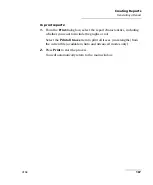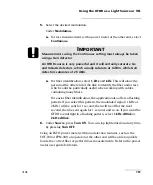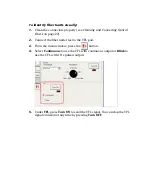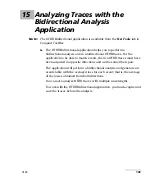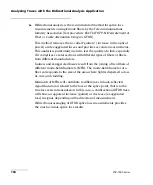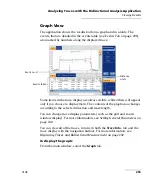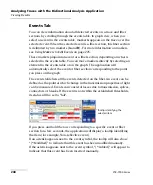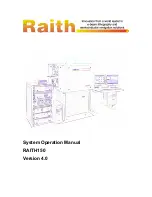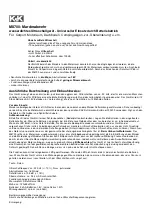
Analyzing Traces with the Bidirectional Analysis Application
194
FTB-7000 Series
³
Bidirectional analysis is the recommended method for splice loss
measurements on singlemode fibers by the Telecommunications
Industry Association (test procedure
EIA/TIA FOTP-61 Measurement of
Fiber or Cable Attenuation Using an OTDR
).
This method removes the so-called “gainers” (increase in the optical
power) and exaggerated losses and provides accurate measurements.
This analysis is particularly useful to test the quality of a link, especially
if it comprises several sections with different types of fibers or fibers
from different manufacturers.
Gainers and exaggerated losses result from the joining of two fibers of
different mode-field diameters (MFD). The mode-field diameter of a
fiber corresponds to the size of the area where light is dispersed across
its core and cladding.
Mismatch of MFDs will contribute to differences in back-reflected
signal that are not related to the loss at the splice point, that is to the
true loss seen in transmission. In this case, a unidirectional OTDR trace
will show an apparent increase (gainer) or decrease (exaggerated
loss) in signal, depending on the direction of measurement.
Bidirectional averaging of OTDR splice loss measurements provides
the most accurate splice loss results.








